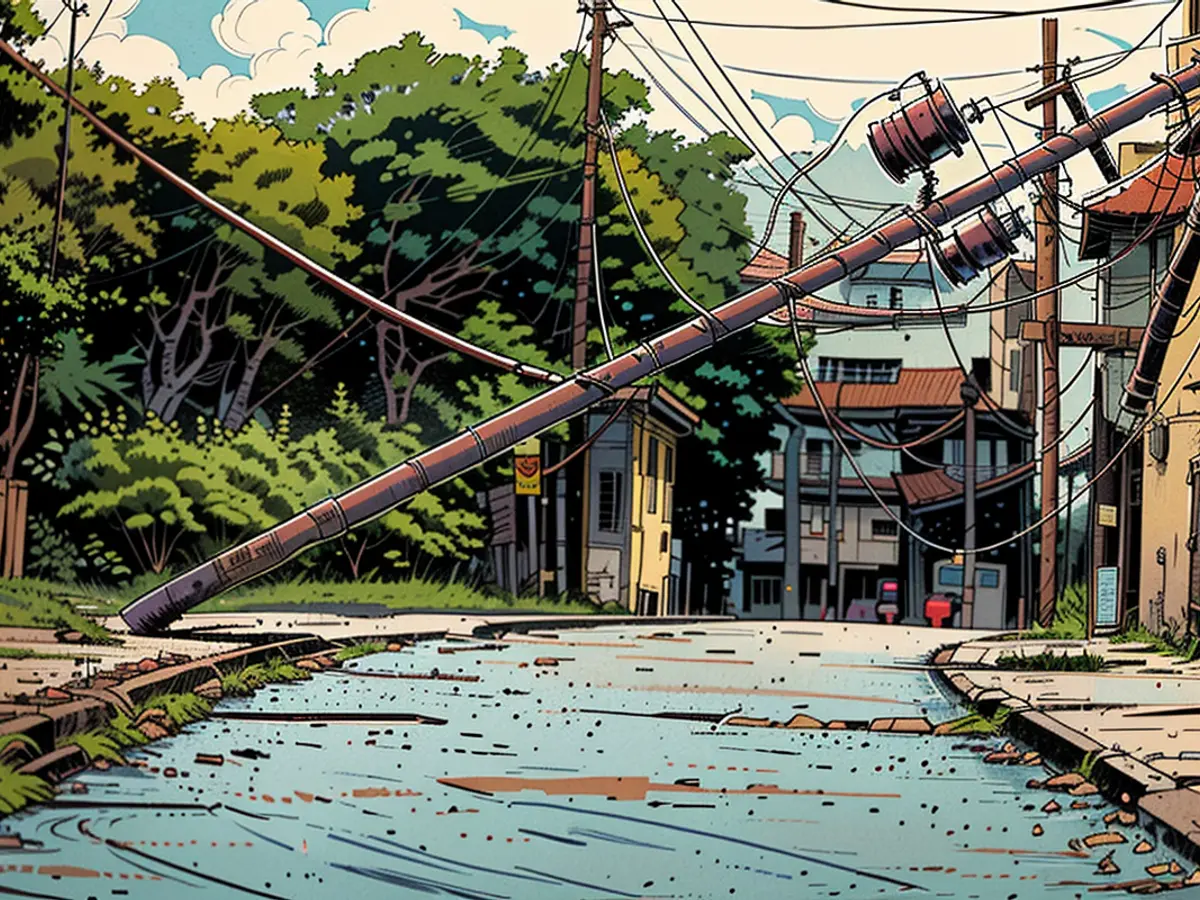Hurricane Ernesto moves past Puerto Rico
Tropical Storm "Ernesto" has intensified into a hurricane near Puerto Rico, causing power outages. The storm's center passed along the eastern coast of the U.S. territory. According to the U.S. National Hurricane Center (NHC), "Ernesto" strengthened and maintained winds up to 120 kilometers per hour. Power provider Luma Energy reported that more than 600,000 customers - about 40% of all customers - were without power.
Local media reported heavy rain, flooding, and downed trees. Due to flood risks, evacuations were ordered in the municipality of Toa Baja, near the capital San Juan, according to the newspaper "El Nuevo Día."
The Virgin Islands also felt the storm's impact. The NHC predicts that "Ernesto" will move northward away from the Greater Antilles and approach Bermuda in the North Atlantic by Friday. It is expected to gain strength in the coming days.
Climate change increases the likelihood of strong storms. Due to unusually warm ocean waters and the expected onset of "La Niña," a phase of cooler Pacific waters, the U.S. weather agency NOAA warned of a likely above-average hurricane season in the Atlantic this year, which begins in June and lasts half a year. As early as July, "Beryl" became the earliest ever recorded Category 5 hurricane in a season.
Puerto Rico has a notoriously unstable power grid. The infrastructure still suffers from the aftermath of the devastating Hurricane "Maria," which killed nearly 3,000 people there in 2017.
The gross area affected by the power outages in Puerto Rico due to Hurricane "Ernesto" was extensive, with over 600,000 customers losing power. The total gross area covered by the damaged power infrastructure in Puerto Rico, post-Hurricane "Maria," is vast, reflecting the country's unstable power grid situation.








